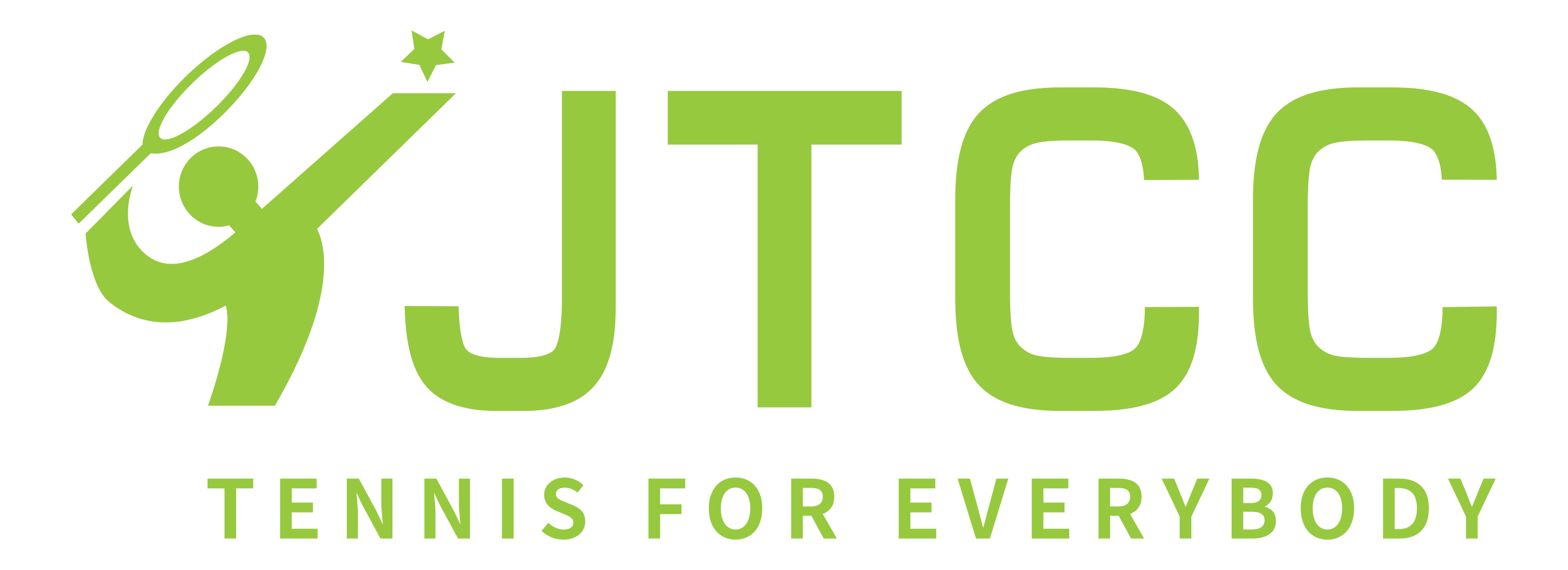Certified Athletic Trainer (ATC) Bill Tyner has provided sport medicine services for USTA Regional Training Center camps and tournaments at the College Park Tennis Club (CPTC) for the past two and a half years. Bill has experience helping professional tennis players with their fitness programs and has provided sport medicine services for local and national junior tennis events. An avid tennis player, fan and student of the game, Bill believes that proper injury care/maintenance, fitness and nutrition programs allows the tennis athlete to get the best out of their abilities.
While I follow the pro tennis tour with all the tournaments and matches, the injury that seems to be receiving the most media attention is low back pain. Rafael Nadal came up short at Indian Wells and Roger Federer including lower back exercises as part of his pre-play routine to get him through his matches during the 2014 season.
Eighty to ninety percent of all tennis players will experience low back pain at some time during their lives. Ninety-five percent of low back injuries are categorized as nonspecific. This means that when diagnostic testing is done to find the cause of pain, no physical abnormalities are found. In tennis, the physical demands of the sport require rotating, flexing and extending and these are factors in most nonspecific cases. Nonspecific pain includes muscle strains and ligament sprains. More specific injuries have to do with herniated discs, fractures and tumors. Lower back pain has various causes including postural abnormalities, muscular and articular dysfunction, instability and overuse. Musculo-ligamentous injuries are the most common and can be distinguished from disc or nerve root pain. For the former, it is a constant aching feeling in the lower back area and is sometimes strictly on one side. It may be accompanied by acute spasm which are tight and painful. Disc herniation that impinges on spinal nerve roots will cause pain and tenderness in the midline area of back as well as pain radiating into the glutes and lower extremities. Sometimes these two types of pain coexist. The injury to discs resulting from repeated trauma lead to weakness, spasm and eventually disc rupture and nerve root pain. Most back pain, whether it be muscle, ligament or disc-related, will improve with rest. Proper rest is correlated with faster recovery.
Full bed rest might be required but should not be more than a couple days. Sleeping on a firm surface with knees bent and pillow support will aid in the recovery. Complete recovery may take two to three weeks. Fifty percent of nonspecific low back patients recover in one week and ninety-five percent in three months. An estimated sixty percent of those patients may have recurrence of injury within one year. If symptoms are accompanied with shooting pain in leg and into foot, tingling sensation, numbness and/or strength loss, you should consult with a physician. You can get personal advice and be referred for physical therapy.
The use of ice treatment combined with an NSAID protocol will break up the inflammation cycle. As pain and spasm subside, strength and flexibility exercises should be started. A comprehensive approach should be taken with low back rehabilitation. The goals should be to improve the flexibility of the lumbar spine, hamstring and hip flexor musculature and improve abdominal strength and lumbar pelvic motion. Begin your comeback program in a build-up fashion, starting with light exercises and graduating to more strenuous. While lying on your back with knees bent and feet flat on ground, move knees from left to right. While in hands and knees position, arch and sag your back. Attempt to arch your back as far as you can and sag towards the floor. While in a squatting position, hang over the back of a chair to stretch. Hold this stretch for twenty to thirty seconds and repeat two or three times with breaks in between. Perform extension exercises while on hands and knees. In this position you extend one arm and opposite hip at the same time. Perform on both sides of the body.
During your recovery from back injury you may need the use of an abdominal corset. This along with stronger abdominal/back muscles will prevent further strain to the back and intervertebral discs. Abdominal strengthening exercises should be performed correctly to avoid further injury. Perform straight and rotational crunches to improve abdominal strength. Bridging exercises should be performed to continue the improvement of lower back/abdominal strength. Gym ball balance exercises are a good way to advance your program and begin your return to play.
When returning to play it is advisable to avoid hard courts. This allows easier braking and lower peak strain to your back. Start by hitting balls in an area measuring two square meters. Practice foot work (small steps) and try not to over stretch during the workout. Serving with kick and slice, top spin forehands/backhands, low and wide volleys should all be done in separate workouts. To prevent re-injury, do a thorough warm-up before activity and cool down with static stretching post activity. Wear abdominal corset while recuperating and perform abdominal exercises at least twice a week. Perform your routine with a gradual build-up to allow for the increase of intensity of your activities. Wear proper foot wear that will help with shock absorption, lateral stability and traction.
Bill is a regular contributor to the ALL ACES blog and can be reached at billt10sguy@hotmail.com
Disclaimer: This blog post provides general information and discussion about medicine, health and related subjects. The words and other content provided in this post, and in any linked materials, are not intended and should not be construed as medical advice. If the reader or any other person has a medical concern, he or she should consult with an appropriately-licensed physician or other health care worker.



